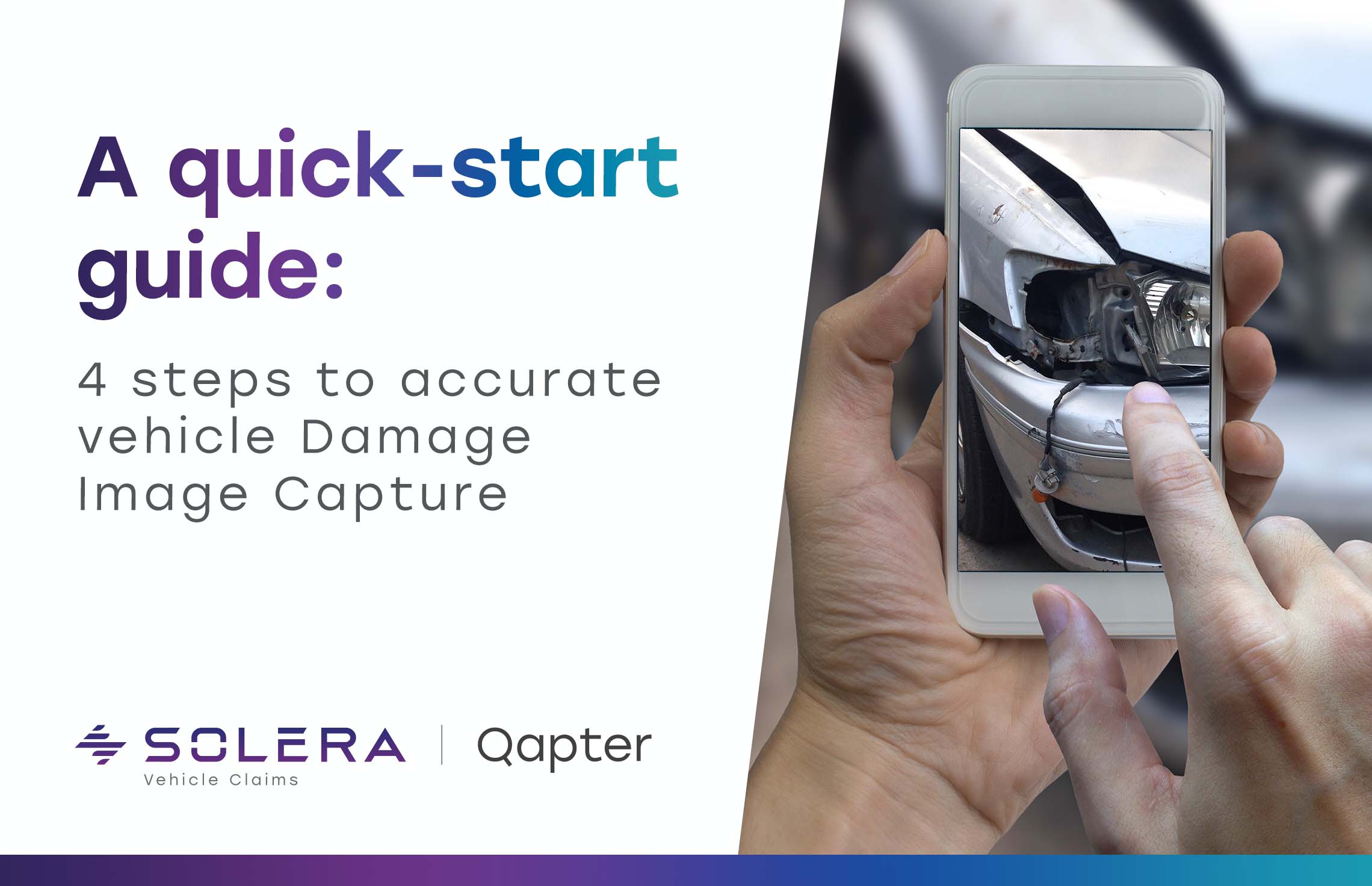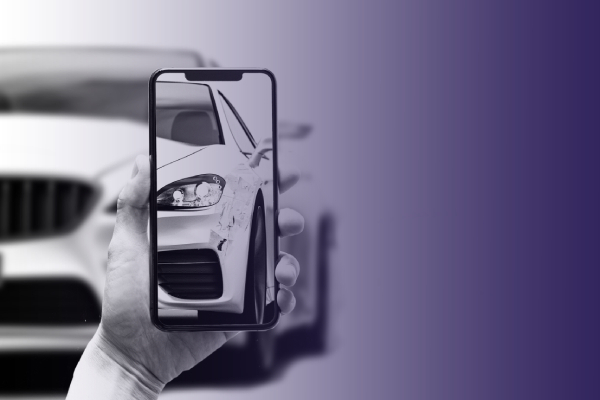
A picture is worth a thousand words. In this case, the right set of pictures could be worth hundreds of dollars.
Of course, not all pictures are created equal. You don’t need to be a professional photographer to accurately capture your vehicle’s damage, but there are some critical steps to ensure a smooth process. Follow these four tips to get started:
- Capture every angle: To accurately assess damage, multiple views of the vehicle are required. Most of us won’t know which angles to capture and that’s OK. The best estimating systems will include a guided image capture, like ours. With Solera’s Guided Image Capture solution, users will be assisted by a vehicle masking tool that simulates the vehicle model within a smart device camera. This technology shows users exactly what angles to take of the vehicle to produce a highly accurate assessment.
- Ensure the damage site is clean: Having an unobstructed and undistorted view of vehicle damage is ideal for producing an effective photo estimate and to train the computer algorithms. In reality, this isn’t always possible. For the best results, make sure the damage site is as free as possible from dirt and without obvious obstructions or marks that could skew the results.
- Maximize close-ups: Capturing minor details can also assist in the precision of an estimate. A good rule of thumb, if you are unsure, is to capture more close-up images than less. This is important for the computer learning models, in particular and removes interference from other areas of the vehicle. How close-up do we mean? Close enough to see the detail of the damage, but with enough of the vehicle in shot so you can still easily identify the part/ panel of the vehicle the damage is on.
- Take photos in daylight: If an accident occurs at night, wait until daylight to capture photos. If the lighting is too dark, AI algorithms and subsequent users will have difficulty seeing all of the necessary details.





